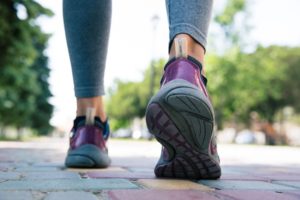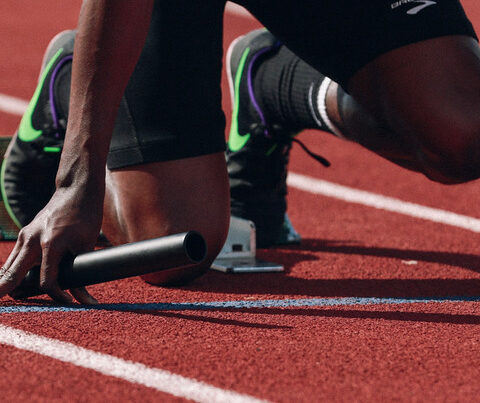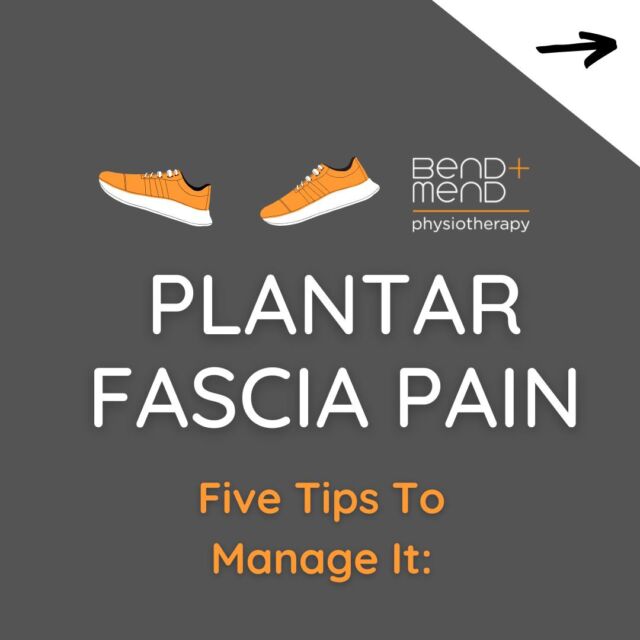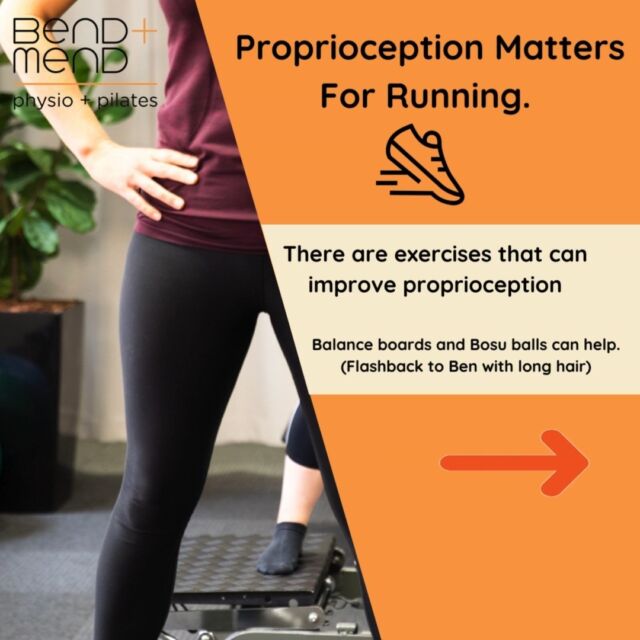A complaint among some of our Barangaroo CBD runners recently has been that of big toe sesamoiditis. What is sesamoiditis you ask? Sounds more like a seasoning for a chicken stir fry if you ask me.
Let me help break this down for you. ‘Sesamoid’ is a type of bone and ‘itis’ by definition means inflammation. Thus, the condition is inflammation of the sesamoid bone or bones.
There are two sesamoid bones about the size of popcorn kernals based underneath the big toe sitting within two tendons. Sesamoid bones unlike regular bones sit within muscles or tendons, rather than meeting at a joint with another bone. As a result of sitting within these tendons, they assist with leverage of the big toe. As you can imagine being at the base of the big toe, they are subject to increased load and pressure whenever the big toe is used to help propel the body forward.
Pain is usually localised to underneath the base of the big toe, ranging from a mild ache to an intense throbbing type pain. Individuals participating in excessive loading through the ball of their foot are at a higher risk of developing sesamoiditis. It is common among athletes participating in such sports as dance, sprinting type activities (rugby/AFL/soccer/running) and even increased walking.
Other risk factors include:
- people with higher arches
- flattened arches
- boney feet
- increased training load
- increase in body weight
- individuals who have a tendency to run on their forefoot
Treatment will depend on the severity and longevity of the condition. Relative rest from aggravating activities is usually required to help settle the initial or ongoing inflammation down; this can be aided with immobilisation/strapping, ice and oral/topical anti-inflammatories prescribed by a medical health practitioner. Your Physio may also be able to help offload the painful area with a soft pad to help reduce the pressure going through the irritated bones. If there is any underlying foot condition that may have predisposed the sesamoiditis, your Physiotherapist may refer you to a podiatrist for a customised foot orthotic or may prescribe a lower limb strengthening program to ensure correct biomechanics whilst walking and/or running is occurring.
If sesamoiditis has been presistent, your Physiotherapist may also fit you with a camboot to help give the area an adequate amount of rest. If these conservative measures of treatment fail, the next step would be a cortisone (steroid) injection into the area and/or potentially surgery to remove the damaged sesamoid bone or fragment although this is rare.
If you’ve experienced any foot pain and you’re unsure why the pain is present, be sure to book an appointment with one of our Bend + Mend Physiotherapists today. We have clinics at both Martin Place and Barangaroo – King Street Wharf. With plenty of running events coming up do yourself a favour and ensure you get on top of any niggles early!








